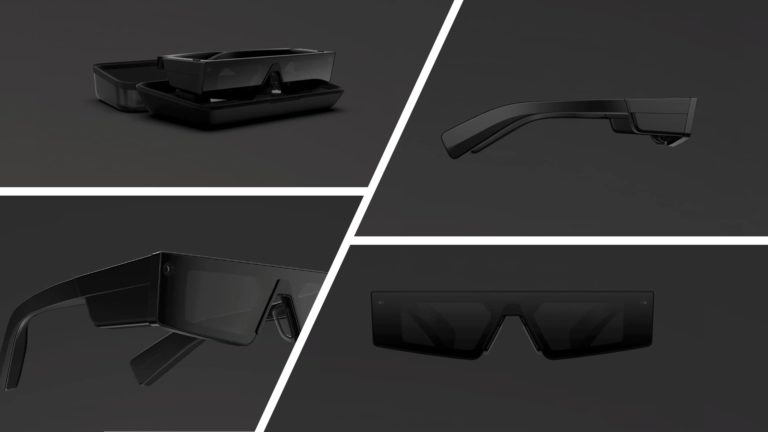
A
common AR industry sentiment is that the smartphone will pave the way for smart glasses. Before AR glasses achieve consumer-friendly specs and price points, AR’s delivery system is the device we all have in our pockets. There, it can stimulate demand for AR experiences.
This thinking holds up, but a less-discussed product class could have a greater impact in priming consumers for AR glasses: wearables. Among other outcomes, AR glasses’ cultural barriers could be lessened by conditioning consumers to wearing sensors on their bodies.
Meanwhile, tech giants are motivated toward wearables. They’re each building wearables strategies that support or future-proof their core businesses, where tens of billions in annual revenues are at stake. For example, Apple’s wearables offset iPhone sales declines.
But how will wearables continue to penetrate consumer markets and benefit AR glasses? This is the topic of a recent ARtillery Intelligence report, Wearables: Paving the Way for AR Glasses. The device class continues to grow and acclimate the world to AR glasses still to come.
Intelligence Gathering
To continue examining the wearables landscape, what about Snap? Its Spectacles camera glasses have had ups and downs. But the genius of the product might be more about conducting a market experiment than distributing a product whose success is measured in unit sales.
In other words, through four generations of hardware, Snap is gaining insights about consumer demand signals for what smart glasses should be and do. This is a nascent area where no one has answers, so Snap is investing to gain product intelligence for AR’s next era.
If this sounds familiar, it’s because Facebook’s motivations for Project Aria covered last week, are similar. AR glasses represent a key component of Snap’s product roadmap. So it wants to make sure it gets the social dynamics right….especially for a socially-oriented company.
This plan has been in play since the first Spectacles rolled out almost five years ago. And it’s especially the case for Snap’s latest Spectacles model — the first to be considered AR glasses. There, it’s taking its signature experimental approach, but in a more developer-facing way.
Meanwhile, Snapchat is primed for an AR glasses era in other ways, such as developing the market’s leading playbook for mobile AR lens interactions. It knows it needs to marry that software competency with the hardware that will represent AR’s fully-actualized form factor.
Snap’s Carolina Arguelles revealed as much at a past AWE Europe conference:
“We believe that in order to envision this future of computing overlaid on the world, you really need to take the screen away that’s cutting you off from the actual physical world, which the mobile phone does […] Our investment in Spectacles is because we want to test, iterate and understand what it means to interact with cameras when they’re on your face. We want to know what good content is… How people interact with it… What they like… What should the UX be? … What should the creative experiences be? … And ultimately how can we start to build out a content repository? […] AR is just starting to be introduced into this product and is eventually something that you’ll see more and more of.”
Sacred Territory
The other main goal for Snap Spectacles is to acclimate the world to technology that you wear on your face. Because this is sacred territory and others have failed (such as Google Glass), it will be all about thoughtful and gradual approaches to ease consumers in.
Apple is doing similar by conditioning users to wear sensors on their bodies to warm the world up for its looming smart glasses play. The idea is that eventual AR glasses can hit the ground running. But Snap’s angle differs from Apple’s signature top-secret R&D approach.
Snap CEO Evan Speigel broke this down at a recent TechCrunch event:
“Spectacles represent a long-term investment in augmented reality hardware. […] “So I think it’ll be roughly ten years before there’s a consumer product with a display that could be really widely adopted. But in the meantime, we’ve built a relationship with our community and all these people who love building [AR] experiences and we’re sort of working our way towards that future, rather than go in a hole or in an R&D center, and try to make something that people like, then show them ten years later. We’ve sort of created a relationship with our community where we build that future together. So I think what’s really cool about Spectacles 3 is, for the first time we have depth capability and if you’re using Lens Studio, which are our tools for building augmented reality experiences, you can build AR directly for that spectacles content in 3D using our depth technology. So that’s sort of an iterative step towards this AR future.”
We’ll pause there and circle back in the next installment to examine another tech giant’s wearables play…

